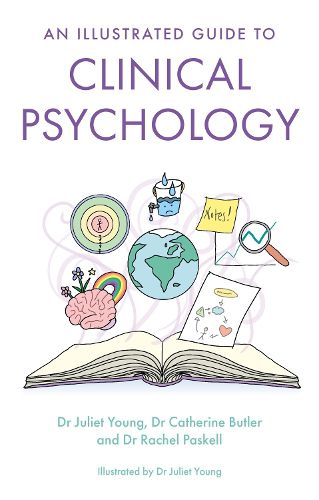Readings Newsletter
Become a Readings Member to make your shopping experience even easier.
Sign in or sign up for free!
You’re not far away from qualifying for FREE standard shipping within Australia
You’ve qualified for FREE standard shipping within Australia
The cart is loading…






What does a day in the life of a practising clinical psychologist look like? Which therapeutic approaches do they use? How do you become a clinical psychologist?
Answering these questions and more, An Illustrated Guide to Clinical Psychology is ideal for aspiring, trainee, and newly qualified clinical psychologists to learn more about the field.
Written by clinical psychologists, and featuring illustrations by one of the authors, Juliet Young, this accessible book explores the history and context of clinical psychology, the key skills, tools, and theoretical foundations for clinical psychologists, and the main therapeutic approaches that they use. The book navigates through the necessary components to understand the underpinning elements of the profession, with a taster of different areas that clinical psychologists work in. Through a critical lens, it also explores topical debates within the profession and addresses issues of diversity and inclusion.
$9.00 standard shipping within Australia
FREE standard shipping within Australia for orders over $100.00
Express & International shipping calculated at checkout
What does a day in the life of a practising clinical psychologist look like? Which therapeutic approaches do they use? How do you become a clinical psychologist?
Answering these questions and more, An Illustrated Guide to Clinical Psychology is ideal for aspiring, trainee, and newly qualified clinical psychologists to learn more about the field.
Written by clinical psychologists, and featuring illustrations by one of the authors, Juliet Young, this accessible book explores the history and context of clinical psychology, the key skills, tools, and theoretical foundations for clinical psychologists, and the main therapeutic approaches that they use. The book navigates through the necessary components to understand the underpinning elements of the profession, with a taster of different areas that clinical psychologists work in. Through a critical lens, it also explores topical debates within the profession and addresses issues of diversity and inclusion.